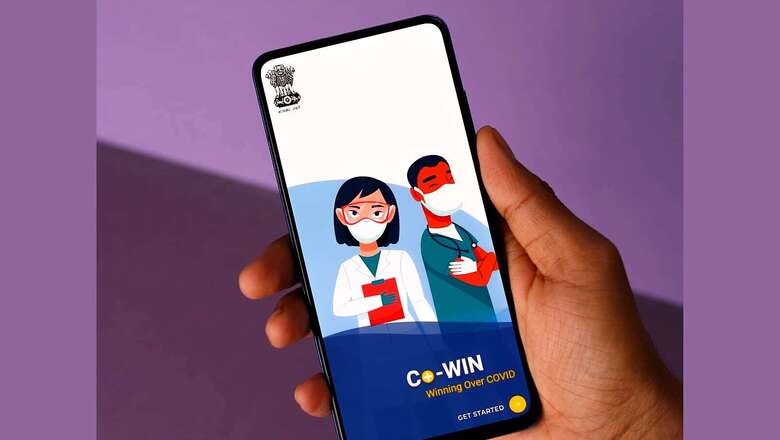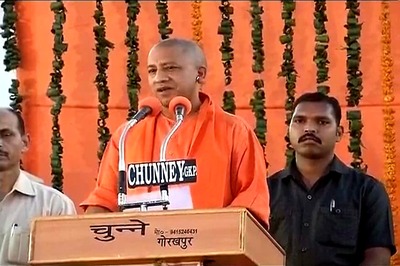
views
“Government 2.0, then, is the use of technology – especially the collaborative technologies at the heart of Web 2.0 – to better solve collective problems at a city, state, national, and international level”, Tim O’Reilly, Chief Executive Officer of O’Reilly Media said in a paper published in 2010. This paper is considered the origination of the term “Government as a Platform”, a concept which later got popularised as Public Digital Infrastructure. In subsequent technology writing, the phrases Public Digital Assets as well as Goods have also been used to describe governments using technology at scale to improve governance outcomes.
India’s push for Public Digital Infrastructure started in August 2014. In his first speech from the ramparts of the Red Fort in New Delhi, Prime Minister Narendra Modi avowed that digital infrastructure was critical to empower citizens. The first such infrastructure programme on financial inclusion named Jan Dhan Yojana was also launched through this speech.
As mobile phones permeated the society, India went from a connectivity starved country to having highest per capita data consumption and one of the lowest rates of per gigabyte of mobile data in the world. In parallel, the public service delivery was scaling through the use of Aadhaar, the 12-digit biometric identity assigned to every resident Indian. Eventually, the runaway success of this Jan Dhan-Aadhaar-Mobile (JAM) trinity paved the way for national embrace of the concept of Public Digital Infrastructure.
Today India leads in the deployment of Public Digital Infrastructure in a range of sectors with a view to create low-cost, high-volume, trusted transaction enablement for citizens. Digital India is also bringing in large number of Indians on various technology platforms and then fostering private sector innovation to build on top of these platforms using application programming interfaces.
FinTech is the most well-recognised area of this Public Digital Infrastructure deployment. In 2021, India accounted for more than 40 per cent of all global real-time payment transactions. In the financial year 2021-22, payments via the Unified Payments Interface (UPI) topped $1-trillion in value. In April 2022 at the start of the new financial year, UPI payments soared to 5.5-billion transactions and more than $127-bilion in value. UPI did not exist until April 2016 – this huge leap has happened in just six years.
India’s Co-WIN or Winning Against COVID-19 platform formed the backbone for inoculating the country against the virus that has ravaged the world. India is about to complete 2-billion vaccine doses, using a common technology backbone to standardise, schedule, track, trace and validate vaccinations.
Under the Ayushman Bharat Digital Mission, India is working on creating personal health records for all citizens using consumer technology for easy upload and retrieval of this vital information. The ABHA application allows users to maintain and manage their health information in a private, secure and confidential environment. This application also provides for authorised persons to maintain health records on behalf of others, opening the possibility of every family eventually adopting it even as the digital literacy and accessibility divide gets bridged over time.
The One Nation, One Ration Card programme is greatly benefiting those who depend on the government’s food security programmes. Ration cards have effectively become portable and allow the beneficiary of the food security programme to access and claim their entitlement anywhere in the country based on biometric authentication.
India’s Goods and Services Tax launched in July 2017 is another example of how a national platform can be leveraged for hitherto unthought of applications. As the invoice data for small firms builds up, these businesses will get more options to tap into flow-based lending. This is a novel mode of financial inclusion, where new layers of public goods like the Account Aggregator framework will also play a key role.
The newest arrival in India’s Public Digital Infrastructure arsenal is the Open Network for Digital Commerce (ONDC). This platform envisages an equal-opportunity participation in a burgeoning domestic e-commerce market. This market has traditionally been dominated by a few large firms, which often come under regulatory scanner world over for monopolistic business practices.
ONDC in contrast would allow small merchants to find new markets, improving their discoverability without having to pay deep cuts to the aggregator platforms. Early reports have been encouraging with several large players planning to join the government initiative to bring greater equity and transparency to the digital commerce sector.
These digital platforms are becoming an avenue for a new type of global diplomacy too. India’s RuPay cards and UPI payments are making their way to the international market. The Co-WIN platform has also been offered by India to interested countries.
India’s experience in public digitalisation underscores the need for targeted government interventions to reduce friction and create the foundation for both the private and public sector to build effective solution on top. This Public Digital Infrastructure has been very contextual to Indian needs, designed for a diverse society with a wide continuum of digital skills and to solve specific local problems.
India’s technology led journey on the J-Curve of productivity is just beginning to shape up. The public service delivery promises to transform with the vertical and horizontal growth of Public Digital Infrastructure mediation.
Aashish Chandorkar is Counsellor at the Permanent Mission of India to the World Trade Organization, Geneva. The views expressed in this article are those of the author and do not represent the stand of this publication.
Read all the Latest Opinions here




















Comments
0 comment